Cod is one of the most commonly used fish in almost the entire world. If not consumed fresh or frozen it is used to make many kinds of fish products. Besides being delicious and finding wide culinary use, cod is a recordholder when it comes to the quantities of certain vitamins, making it an incredibly healthy food as well.
When it comes to the large-scale use of cod, it is most likely history, as well as the fact that it is one of the most prolific fish, that contribute to this. Female cod can lay up to 9 million eggs but only a small part of them actually survive because they are eaten by other aquatic creatures. Cod eggs float in the water until the fry hatch and often become food for other fish.
Cod inhabit the Atlantic Ocean, which is why the Atlantic cod (Gadus morhua) is the most famous among them. Usually the weight of this species reaches between 11 lb (5 kg) and 26.5 lb (12 kg) and 6 ft (1.8 m) in length. Still, the most common ones are 2″ (60 cm) long, 3-10 years old. Cod has the ability to change its color, varying from gray-green to brick-red.
Icelandic cod is considered one of the highest quality fish because it has very delicious, white meat. Even though its range is in Atlantic waters, cod is a traditional food in the Mediterranean, where it has been prepared in different ways for centuries.
It became popular in the southern European nations after the 15th century, when English ships began trading cod with Greece, Spain and Portugal in exchange for raisins. It's no wonder then that regions with large trade ports in Greece, such as Corinthos and Peloponnes, have the greatest variety of recipes for the preparation of this species of fish.
Throughout the course of history, cod was traded not only by ships at sea but by land as well because when salted it could retain its taste qualities for a long period of time. Cod is exceptionally rich in valuable nutrients, and when salted or smoked it becomes long-lasting and makes it possible for trade with the fish to reach the inner parts of the country, not just the coastal areas.
Over time, cod has set deep roots in the traditions of various nations. For example, cod and mashed potatoes with garlic are the traditional dishes at the Greek kitchen table every year on March 25th - this is the celebration of the Annunciation. Church canon dictates that believers eat the traditional fish twice during Lent - first during the first Sunday of Lent and the second - on the national holiday commemorating independence from Turkish rule in 1821.
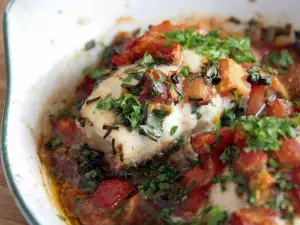
Species of Cod
There are several species belonging to the cod family: Arctic cod, White Sea cod, Baltic cod and others. The Pacific cod (Gadus macrocephalus) inhabits deep waters down to 2952 ft (900 m). Its average length reaches 13″ (33 cm), while the longest specimens are up to 20″ (50 cm), those weighing up to 33 lb (15 kg), with the average about 15.5 lb (7 kg). Pacific cod fishing is most profuse along the western coast of the US.
In the past, the economic competition between the US and the Soviet Union for cod fishing near the North Sea and Arctic Ocean led to illegal fishing of the species. As a result, Pacific cod (and other fish) are endangered species, as well as Atlantic cod and tuna.
Atlantic cod (Gadus morhua) reaches lengths of up to 6.5 ft (2 m) and weight up to 110 lb (50 kg), making it quite a larger species than its Pacific cousin. This species is also affected by the increased fishing related to the economic interests of the US and Canada on one side and the European countries of the North Sea on the other.
Composition of Cod
Cod is a soft fleshed fish with an exceptionally low content of fat. It also contains a low amount of cholesterol. The oil from cod liver is among the healthiest fish oils. It has high amounts of healthy omega-3 fatty acids, as well as many vitamins and minerals.
Its most important benefit is that it is among the best animal sources of vitamin A. The oil from cod liver also takes the top spot out of all other fish species in vitamin D content.
Following cod in this list is herring, salmon and sardines. Additionally, cod contains enviable amounts of vitamin E. On average, 3.5 oz (100 g) of cod contain about 17-19% protein, 0.5-5% fat, 82 cal, 37-43 g of cholesterol and no carbohydrates.
Choosing and Storing Cod
Of course when choosing cod always try to get fresh fish. Look at the fish fillet, it needs to be dense, not thin. The top of the flesh needs to be white and smooth, without any bruises.
If the fish is old or has been canned, stored incorrectly, it will most likely have a murky yellowish tinge. You can spot a real cod among other cod-like fish by the grey parallel lines on its skin.
Normally you can buy a cod that's either frozen or canned. When frozen, it is sold deboned without the fins and head or just the fillet. Like herring, canned cod is sold in filets soaked in vegetable oils or water.
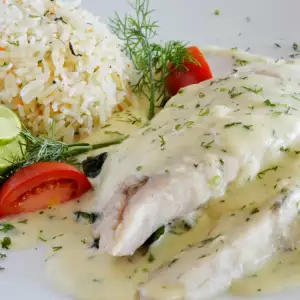
There is also a variety of brands of salted or smoked cod on the market. Culinary experts from the Mediterranean recommend buying fresh cod 2 days before you cook it.
Culinary Use of Cod
If processing a whole salted cod, 1st wash it well, remove the head, tail and fins, then cut it into fillets and soak them in water. To get rid of the salty taste, it's best to soak the cod in water for 2-3 days, changing the water periodically. Master chefs recommend the last water used to soak the fish to be cool.
Then you have the choice of preparing the cod according to your taste - baked, fried, steamed or grilled. In Greece, cod is very popular breaded, served with classic mashed potatoes with a lot of garlic.
The taste and aroma of fish prepared this way is absolutely phenomenal with parsley, onions and fresh vegetables. Keep in mind that the meat of cod is soft but very dry which means that it's best to marinate it before baking or throwing it on the grill.
The best option is to prepare steamed cod, which takes no more than 10 min. Serve the cod fillet with a light sauce of olive oil, freshly squeezed lemon juice, grated lemon rind, finely chopped dill and a little salt and black pepper to taste.
Smoked or salted cod fillet is in excellent appetizer with vodka, rakia or wines. Cod that has not managed to sell on the fish markets is made into surimi, a fish paste that goes into the composition of crab rolls, which are known not to have any actual crab meat.
Benefits of Cod

The tremendous amounts of vitamin A found in the oil of cod liver provide many benefits for our body. First off, vitamin A is important for the immune system, secondly it helps our vision, plus it stimulates the synthesis of adrenal and sex hormones.
Health experts are categorical that the liver of cod can help a lot against arthritis, skin irritation, to lower the risk of osteoporosis, to improve cardiac muscle function. As a whole, the oil strengthens the overall condition of the body.
The fish oil from cod, as well as from other fish, contains essential fatty acids (EFAs). They are vitally needed for our health because our body cannot synthesize them on its own. That is why we need to get them from our food.
Diet with Cod
Due to the fact that cod is exceptionally poor in fat, it is highly suitable for a weight loss diet. The entire cod diet lasts 15 days, divided into 5 stages, each of which lasts 3 days. For the first 3 days, eat boiled cod without any salt, up to 24.5 oz (700 g) daily.
During the next 3 days, eat 14 oz (400 g) cottage cheese or 1 1/5 cups (300 g) cream cheese, 9 oz (250 g) feta cheese. During days 7, 8 and 9 you can eat all kinds of dried fruits but only 9 oz a day. The next 3 days, drink up to 4 1/5 cups (1 L) of milk per day, and in the final 3 days you can eat up to 3 bananas daily. Drink up to 8 1/3 cups (2 L) of mineral water daily throughout the entire diet.
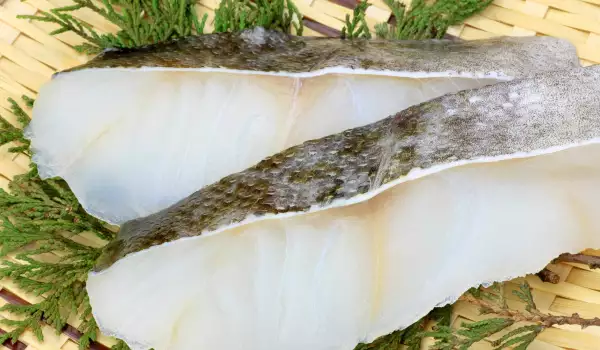
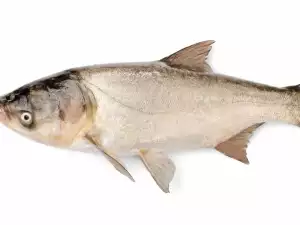
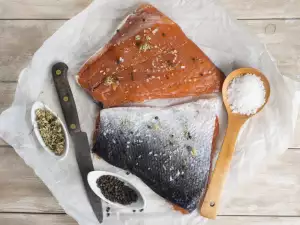



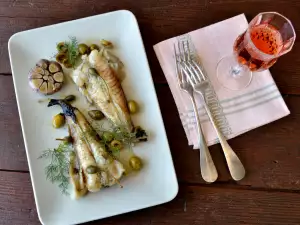

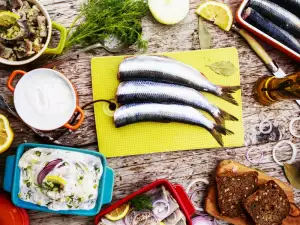
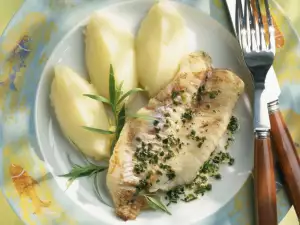



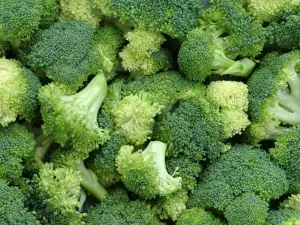
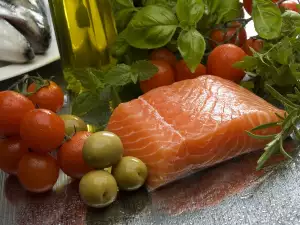
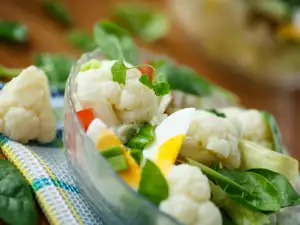




Comments